After 30 Years, Actor Ji Chun-seong Returns to His Iconic Role in ‘A Little Monk’ Reimagining
koreaherald Views
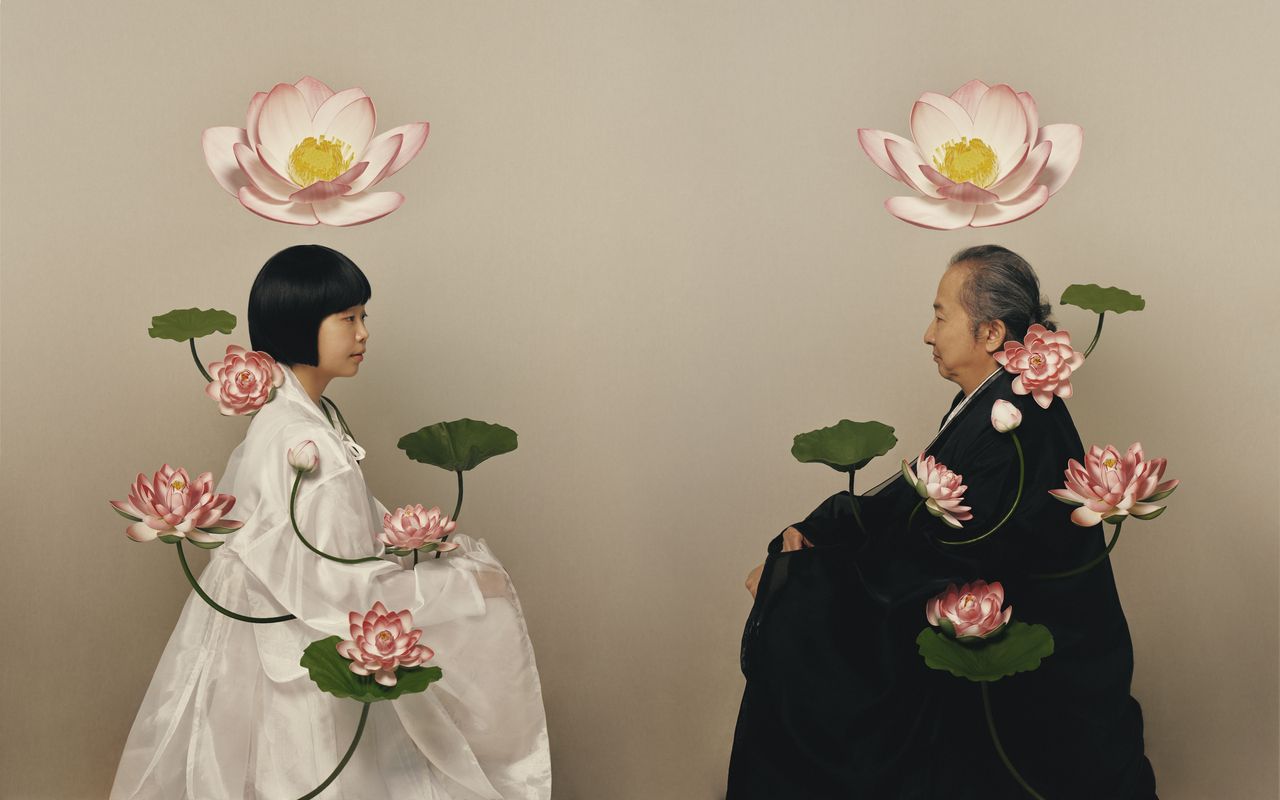 What does it feel like to return to a role you first played three decades ago?
What does it feel like to return to a role you first played three decades ago?
In 1991, at the tender age of 25, Ji took on the career-defining role of Do-nyeom, a young temple apprentice, in Park Won-geun’s “A Little Monk.” Now, at 59, he’s stepping back into those shoes – or rather, those robes. The character, like Ji himself, has aged, shaped by the years and the weight of that seminal performance. In a twist of theatrical magic, the story picks up right where it left off.
“After my turn in ‘A Little Monk,’ the accolades came pouring in,” Ji reminisced during a group interview at the National Theater on Monday. “It’s not hyperbole to say that role has been the North Star of my career ever since. It’s been my guiding light.”
Set to raise its curtains at the Myeongdong Theater on July 17, “Sammaekyung” is a fresh take on the beloved “A Little Monk,” reimagined by the visionary director Lee Cheol-hee.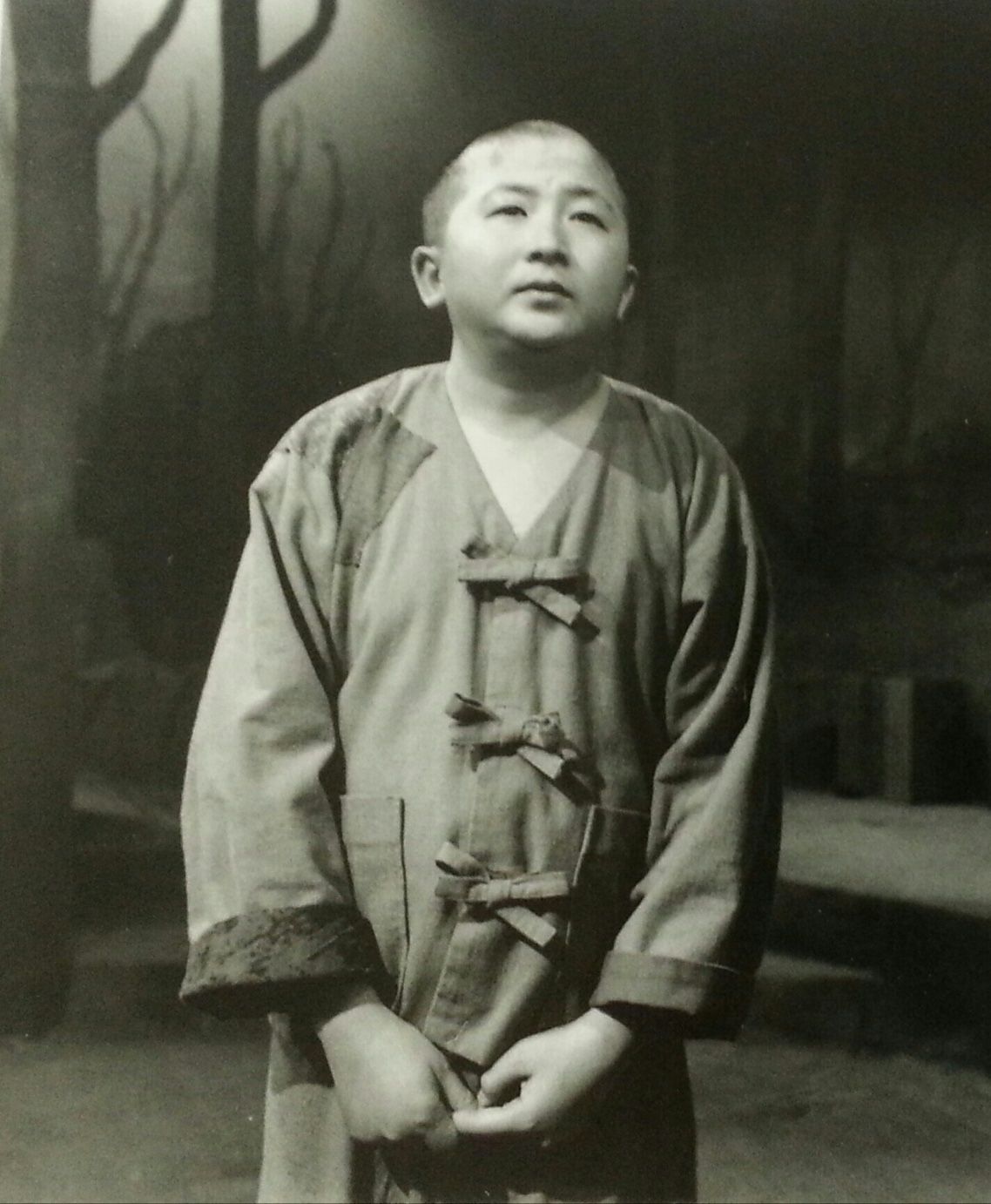 The original play, penned in 1939 by Ham Se-deok and first brought to life by Yu Chi-jin, is a cornerstone of Korean theater. It weaves the tale of Do-nyeom, a child monk abandoned by his mother and raised in the austere confines of a mountain temple. The narrative is a powder keg of emotion, ignited by the boy’s yearning, the tug-of-war between Buddhist detachment and human desire, and the simmering conflicts between characters. At its heart, the play grapples with timeless questions about fate, free will, and the human condition.
The original play, penned in 1939 by Ham Se-deok and first brought to life by Yu Chi-jin, is a cornerstone of Korean theater. It weaves the tale of Do-nyeom, a child monk abandoned by his mother and raised in the austere confines of a mountain temple. The narrative is a powder keg of emotion, ignited by the boy’s yearning, the tug-of-war between Buddhist detachment and human desire, and the simmering conflicts between characters. At its heart, the play grapples with timeless questions about fate, free will, and the human condition.
“Back in the day, I was cocky enough to think no one could outdo my performance,” Ji admitted. “Now, I’ve come to realize that no actor can ever truly become their character. There’s a universality to that struggle. It’s no longer just my story – it’s the story of every actor who’s ever trod the boards.”
For Lee, breathing new life into a classic is more than just a creative exercise – it’s a cultural imperative. As a contemporary theater-maker, he feels a responsibility to preserve, reimagine, and cement Korean stage drama in the current zeitgeist.
“I’ve often pondered why we don’t resurrect more of our theatrical gems,” Lee mused. “When I dive into the works of our theatrical forebears, I’m floored by how deeply they plumb the human psyche and their expansive worldview. There’s something electric about reintroducing these works to modern audiences – not as dusty relics, but as vibrant, relevant art.”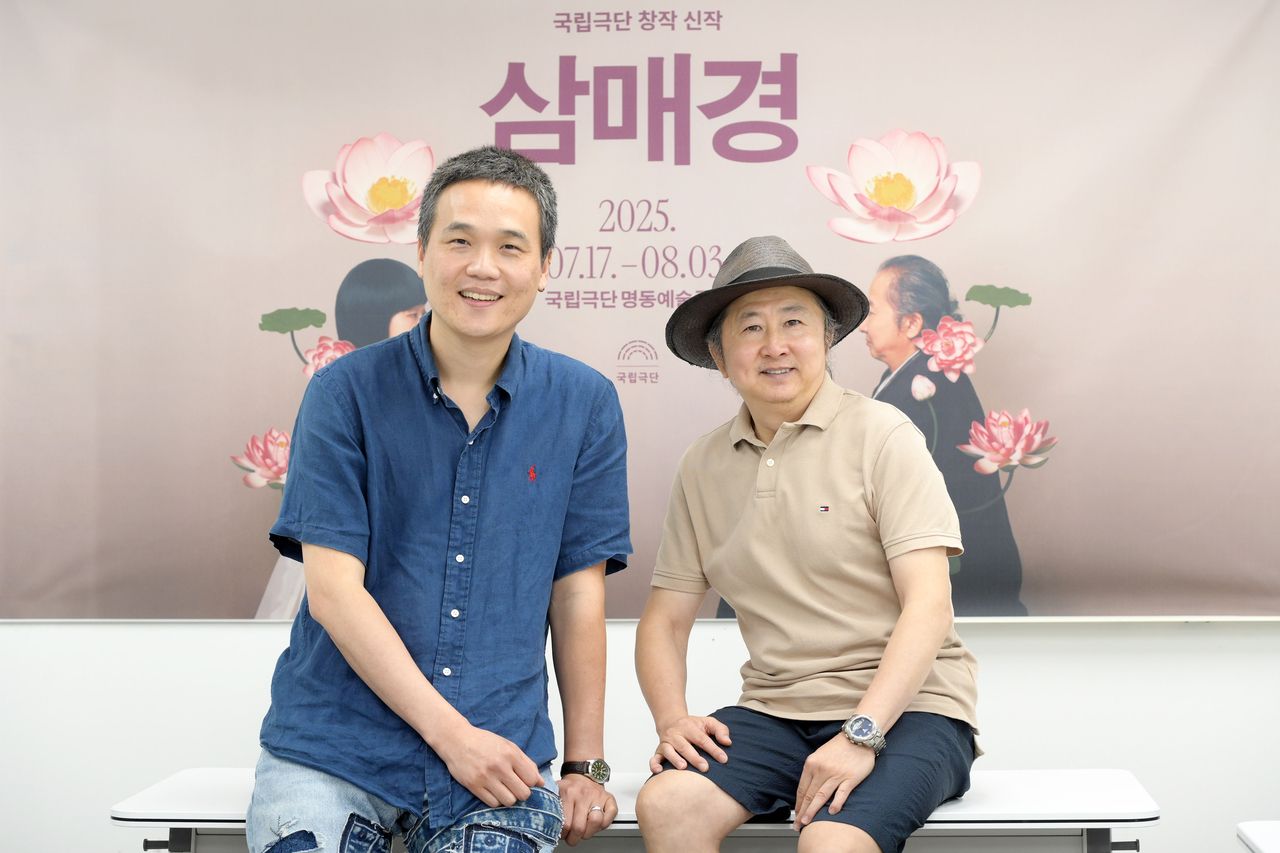 “Sammaekyung” refers to a state of complete immersion, a meditative trance where all distractions melt away, leaving the mind laser-focused on a single point. It’s an apt metaphor for the all-consuming approach both actor and director have taken with this production.
“Sammaekyung” refers to a state of complete immersion, a meditative trance where all distractions melt away, leaving the mind laser-focused on a single point. It’s an apt metaphor for the all-consuming approach both actor and director have taken with this production.
“My hope is that each audience member leaves with their own unique takeaway,” the director reflected. “But above all, I wanted to create a moment where people might ask themselves, ‘When was the last time I felt that kind of fire in my belly?'”
The National Theater Company’s “Sammaekyung” runs from July 17 to Aug. 3. English subtitles will be available on Thursdays and Sundays, with the exception of July 27.




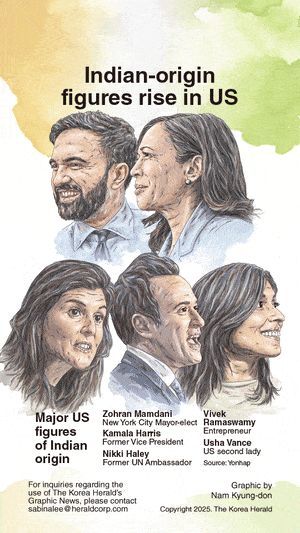
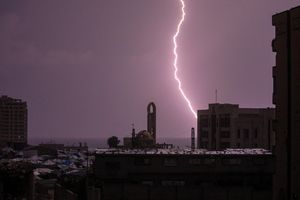
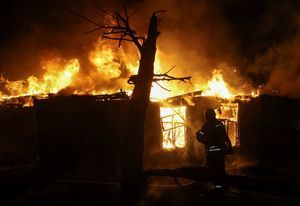



Most Commented